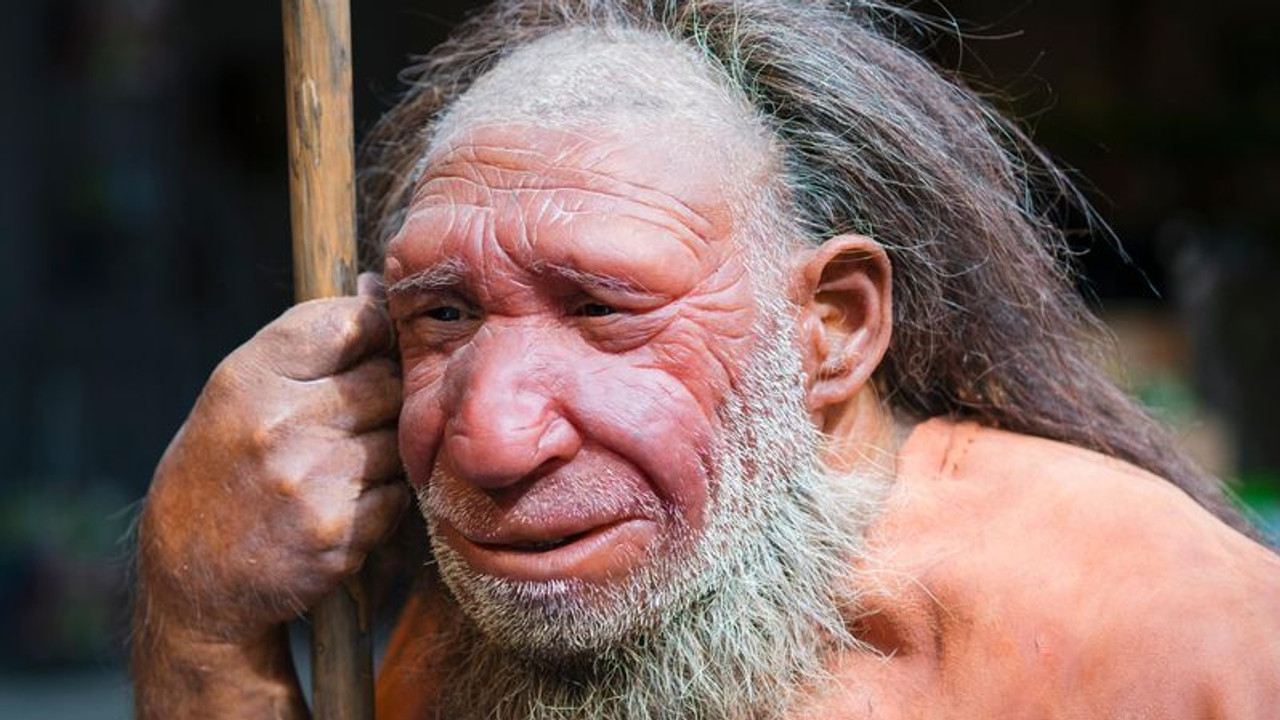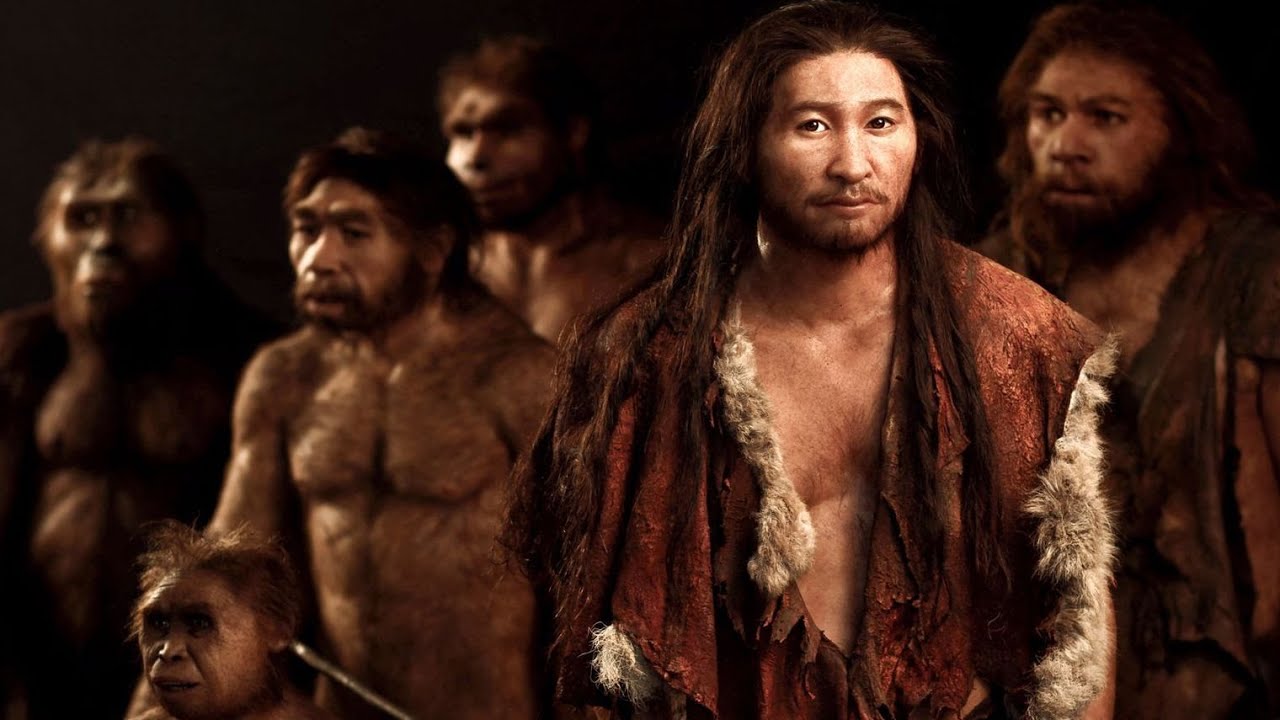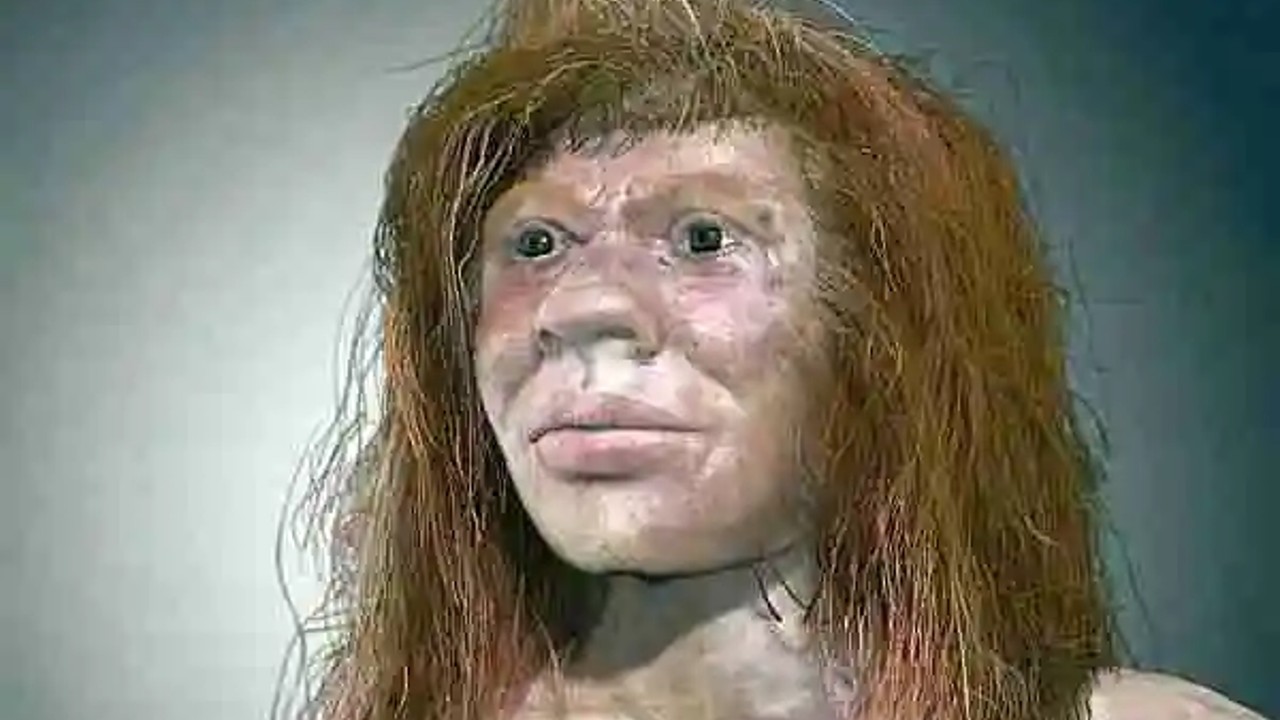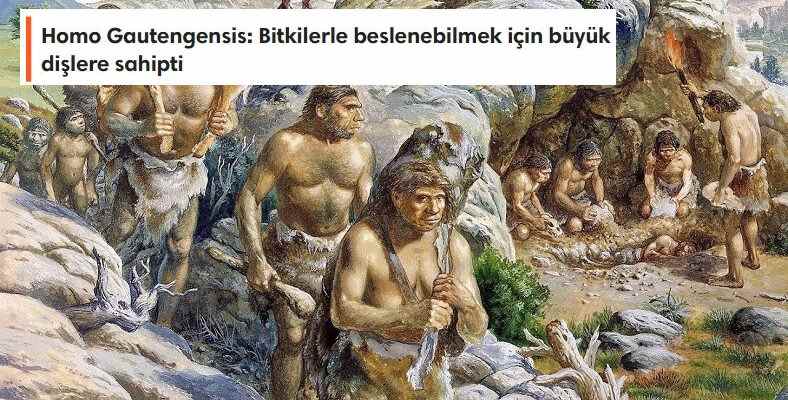The modern human being alive today is a species of homo sapiens. However, before man took his present form, he was in many different intermediate forms. Scientists have found many different fossils on the subject so far. Let’s take a closer look at the human species and their characteristics in the evolutionary process according to science.
The Origin of Species, written by the British biologist Charles Darwin in 1859, describes the evolution and natural selection process. Taking up this theory and encountering new fossils every day, scientists put forward the idea that modern humans also underwent an evolution. Modern humans, called Homo sapiens, It existed in many different forms before taking this form.
The concept of the human species illuminates exactly this point. Man throughout history but not exactly as we know it. Human species have undergone some changes over a long period of time according to the region they live in and they have revealed today’s people, namely us. Of course, all this was created according to what is now known. Let’s take a closer look at the human species and characteristics that have lived up to now, according to science.
Types of people who lived in history, according to science:
- Homo Gautengensis
- Homo habilis
- Homo Ergaster
- Homo erectus
- Homo Rudolfensis
- Homo Antecessor
- Homo Cepranensis
- Homo heidelbergensis
- Homo rhodesiensis
- Homo Neanderthalensis
- Homo Sapiens İdaltu
- Homo floresiensis
- Denisova Hominini
- People of the Red Deer Cave
- Homo sapiens
Homo Gautengensis: It had large teeth to feed on plants
The species Homo Gautengensis had large teeth to feed on plants. of this species It is thought to be an average of 90 cm and 50 kg. It is believed that they discovered fire, as burnt animal bones were found alongside fossils belonging to the species. He walked on two legs and spent a lot of time in the tree to stay away from wild animals. It is thought to be a close relative of Homo Sapiens but not an ancestor.
Homo habilis: The least modern human-like species
Homo habilis is the least modern human-like species of any human species. This species, which is quite short in stature, He had long arms that were disproportionate to his height. Fossils of the species show it resembles ape, but it is considered a human species due to the presence of stone tools.
Homo Ergaster: Known to live for 500,000 years
It is known that the Homo Ergaster species disappeared 1.4 million years ago, but lived for 500 thousand years. Its slender structure does not resemble modern humans, He can make complex sounds and is thought to be social. Although there is no evidence of how it disappeared, there are many fossils of the species.
Homo erectus: There are finds up to 250,000 years ago
According to the remains of the Homo erectus species, this species is thought to have evolved about 2 million years ago. However, strangely enough, there are also finds dating back to 250 thousand years ago, that is, quite recently. Homo erectus about 180 cm The arms and legs of the species are slender. Males are one-fourth larger than females. They used primitive tools, looked after their patients, and hunted in groups.
Homo Rudolfensis: Has a mismatched jaw and facial structure
If we look at the Homo Rudolfensis fossils, the skull of this species is smaller. According to different types of people there is a much more incongruous jaw and facial structure. The difference between males and females is quite large. Males had larger teeth and larger brain capacities.

Homo Antecessor: Physiological features not well known
Since there is no fossil of Homo Antecessor other than teeth, Not much is known about its physiological properties. They are thought to be 160 – 180 cm and 90 kilograms on average. It is thought that they were much faster than their tooth samples and went through similar phases with Homo Sapiens.
Homo Cepranensis: Only skull found
We only have a single skull belonging to the Homo Cepranensis species. Therefore, the findings are not very clear. The fossil is estimated to be 800 – 900 thousand years old. The Homo Cepranensis skull, which has similar features to the Homo erectus skull, has a large and protruding brow structure.
Homo Heidelbergensis: capable of behavior
Homo Heidelbergensis is estimated to average 170 cm and 60 kilograms. Due to the large brain volume He is thought to have advanced driving and behavioral skills. Some members of the species are 213 cm long. They are thought to be the first species to bury their dead. The genre has also developed a special type of communication.
Homo Rhodesiensis: Thought to live in Africa and Eurasia
We only have one skull of the Homo Rhodesiensis species and a lower jaw from another individual. Therefore, it is difficult to say anything definite about the species. They are thought to live in Africa and Eurasia. Homo rhodesiensis skull belongs to a fairly robust individual and appears to have much more prominent protrusions than modern humans.
Homo Neanderthalensis: very close to modern humans
The DNA structure of Homo Neanderthalensis, which is very close to modern humans, differs only by 0.12%. Remains of the species found in different parts of the world Along with these, tools made of bone and stone were also found. According to the studies, Homo Sapiens and Homo Neanderthalensis, which have a common ancestor, separated 350 – 400 thousand years ago.

Homo Sapiens Idaltu: a subspecies of Homo Sapiens
The Homo Sapiens Idaltu species is thought to be a subspecies of Homo Sapiens. According to the few fossils found belonging to the species They became extinct 160,000 years ago. They are thought to have lived and disappeared in Africa.
Homo Floresiensis: Only 110 cm tall
Species Homo Floresiensis, the name of the little humans in the Lord of the Rings series Also known as the Hobbit. This is because their average height is 110 cm. When the bones of 9 individuals were examined, scientists were quite surprised because it is very difficult for such small people to have survived to 12,000 years ago. Stone tools were also found alongside the bones.
Denisova Hominini: extinct 41 thousand years ago
There are not many fossils belonging to the Denisova Hominini species either. Therefore, we do not know much about the species. In the Denisova Cave in the Altai Mountains of Siberia, a species of Homo Neanderthalensis and Homo Sapiens were found together with the species. The fossil of the Denisova Hominini woman has been found. It is thought to have become extinct 41,000 years ago.

Red Deer Cave People: 14,000-year-old fossils found
Remains of the Red Deer Cave People species have been found in China. This species, whose fossils are about 14 thousand years old, is extremely interesting because lived and died without making any contribution to the structure of modern man. the only species are the Red Deer Cave People. Physically, they are quite similar to modern humans. They got this name because there is evidence that deer were cooked in the cave where the fossils were found.
Homo Sapiens: In short, we can say ‘We’
man like man human as human; Homo Sapiens, that is us. Stands upright, has good dexterity, uses tools, is social, has a complex brain and high organizational skills. You can see it everywhere. It does not appear to be extinct for now.
Up to modern man according to science We talked about human species that lived in history and their characteristics according to the information obtained from fossils. All this is the truth of today. Maybe tomorrow a completely different discovery will be made and we will forget all we know. That’s science, that’s why it’s beautiful.
